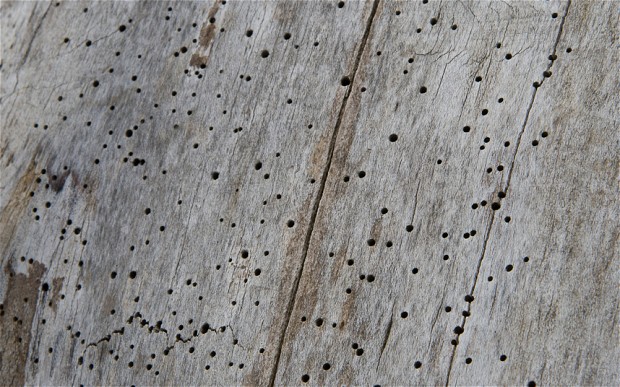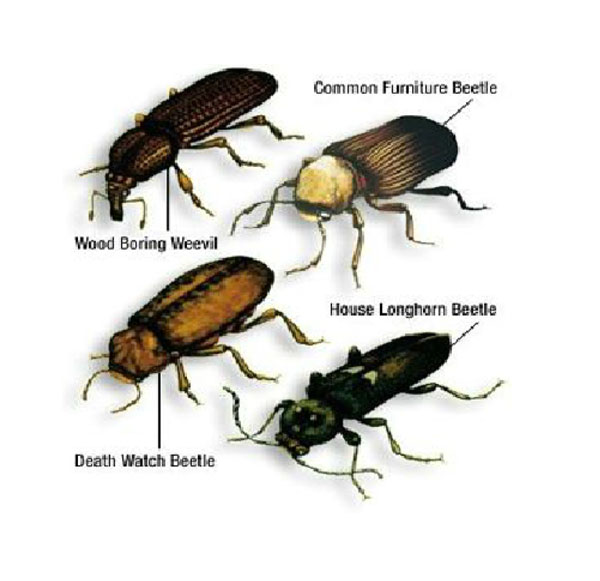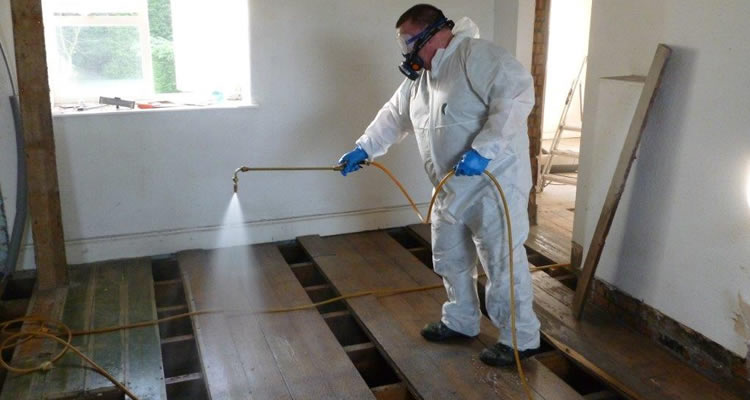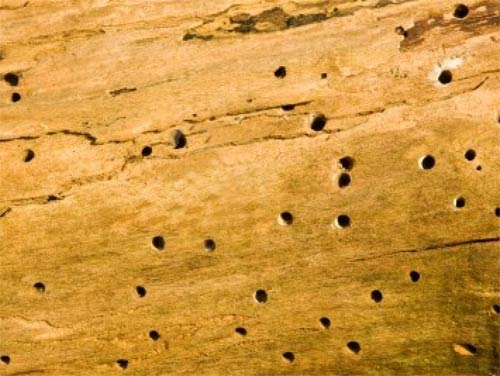Of all the creatures we choose to bring into our homes, woodworm typically isn’t one of them. Even though having woodworm in your home can be a major inconvenience, treating woodworm doesn’t have to be. With the help of a specialist, you can get rid of them in no time. Here is everyone you need to know about treating woodworm in your home.

Holes Are Not a Sign That They Have Left
One of the first signs that you have woodworm in your home may be the development of little holes in pieces of wooden furniture or skirting boards. These holes mean that the woodworm has dug out of their nest. However, a common misconception is that this means that they have left. Holes simply mean that one batch of larvae have left the nest and you can never be sure how many more may still be inside.

Woodworm Don’t Just Go for Damp Conditions
Even though most type of woodworm prefer dampness and thrive in these conditions, it is not necessary for them to survive. Woodworm can live pretty much anywhere and just because your home isn’t experiencing any damp doesn’t mean that its safe from infestation.
The Type of Woodworm
At a glance, most types of woodworm will look incredibly similar. Different woodworm prefers different types of wood. A specialist in treating woodworm will be able to identify this and figure out not only what the most effective form of extermination will be but will also be able to identify other areas that may also have a problem.

Treating Woodworm with the Help of a Professional
Treating woodworm can be done by you at home, however, insecticides and other common treatments may not always work. Without the right equipment you may not be able to reach them all and even though you may kill most of them, it only takes a few for the entire population to start back up again. Because of this, it is always recommended to bring in a professional when treating woodworm. This not only helps guarantee that the problem has been solved, preventative measures can also be put in place to stop the problem from reoccurring in the future.
Damaged Timber and Furniture May Need to Be Removed
Another thing to remember when treating woodworm is that there may be damaged timber or furniture that needs to be removed afterwards. Most of the time when people have problems with woodworm they do not know the full extent of the damage until after the treatment has finished. Hiring a professional will mean that they can assist with the removal process, or at least pass you on to someone who can help.






